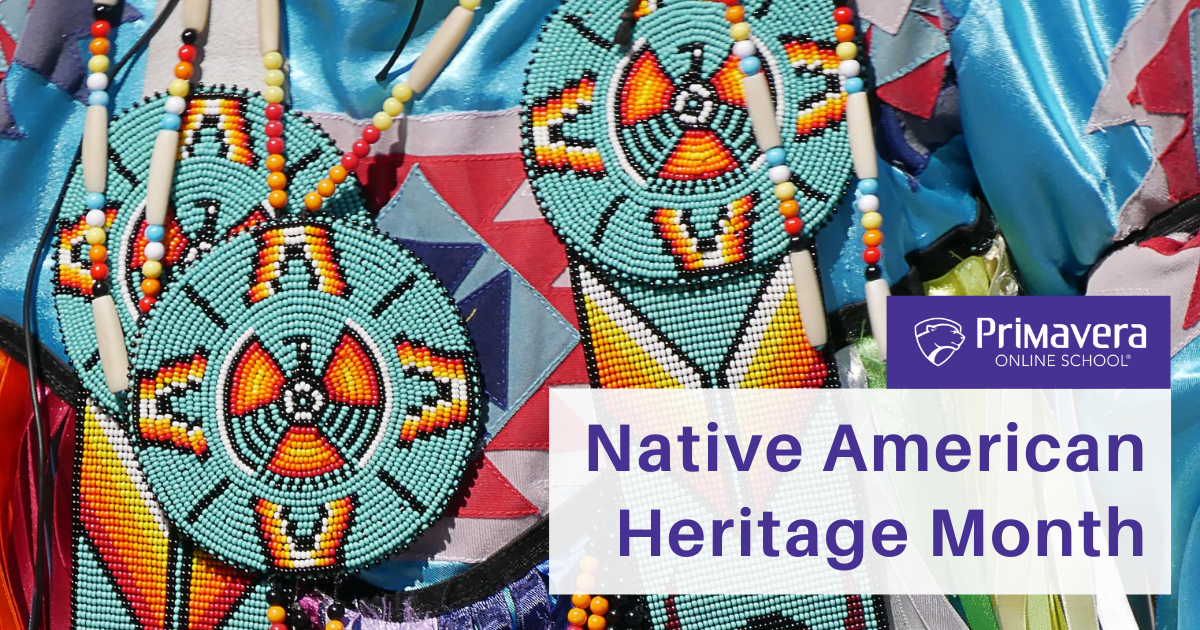
This November, take some time out to celebrate Native American Heritage Month. Celebrated for more than 30 years, it’s a month to observe the rich and diverse cultures, traditions, and histories of Native Americans and recognize their important contributions.
Its origins date back to the early twentieth century when Arthur C. Parker, a Seneca Indian, persuaded the Boy Scouts of American to set aside a day to honor the “First Americans” and it grew from there:
The Timeline Behind National Native American Heritage Month
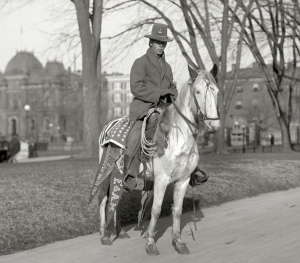
- 1914 – Red Fox James, a Blackfoot Indian, rode horseback from state to state seeking approval for a day to honor Indians. In 1915, he presented the White House with endorsements of 24 state governments, although there is no record of a proclamation for such a day based on his efforts.
- 1915 – The annual Congress of the American Indian Association formally approved a plan for American Indian Day to be celebrated the second Saturday of each May. It contained the first formal appeal for recognition of Indians as citizens.
- 1916 – The first American Indian Day in a state was declared by the governor of New York.
- 1919+ – Many other states begin enacting American Indian Day for the fourth Friday September or designate Columbus Day as Native American Day.
- 1990 – President George H.W. Bush approves a joint resolution designating November 1990 as “National American Indian Heritage Month” and similar proclamations under different names have been issued each year since 1994.
Native American Historic Figures
There are countless Native American historic figures who have had made important contributions to our society, and you’ll find some in our Primavera Social Studies courses. In light of Native American Heritage Month, we have a few great interactive cards and lessons featured below.
Tecumseh
Tecumseh is often seen as a prodigious military strategist and warrior. Although severely outnumbered and out-weaponed by the American militia, he helped tribes withstand three battles and worked to unify multiple tribes. To learn more about him, click on the card below featured in our Social Studies courses.
Stand Waite
Although his accomplishments are questioned by some, Stand Waite worked to create peace and signed treaties with the government in the 1800s. Stand Waite was also a general for the Confederates in the Civil War. Click on the card below to learn more about him.
Another Major American History Impact: The Navajo Code Talkers
Despite much mistreatment from the United States government, many Native Americans still felt it their duty to protect the country, culture and the communities of America. Over 10,000 Native Americans fought in World War I, and perhaps the most famous are the Navajo Code Talkers.
In World War I, writing letters and communicating in code were starting to become too risky, as the enemies learned to intercept and decode messages. That’s where the Native American soldiers helped. Because the Navajo language was unknown to foreign countries and is not a written language, the U.S. spoke in Navajo and created their own corresponding written language so as to safely communicate across seas. Thanks to the contributions of the Navajo soldiers, the U.S. codes couldn’t be cracked; even when Germany and Japan sent students to learn the Native American languages!
How You can Commemorate National Native American Heritage Month
This month, we hope you use this article as a start to learning more about Native American tribes and their significant contributions to our society. How else can you celebrate this month? Here are some ideas:
1. Continue Learning About First American Historic Figures
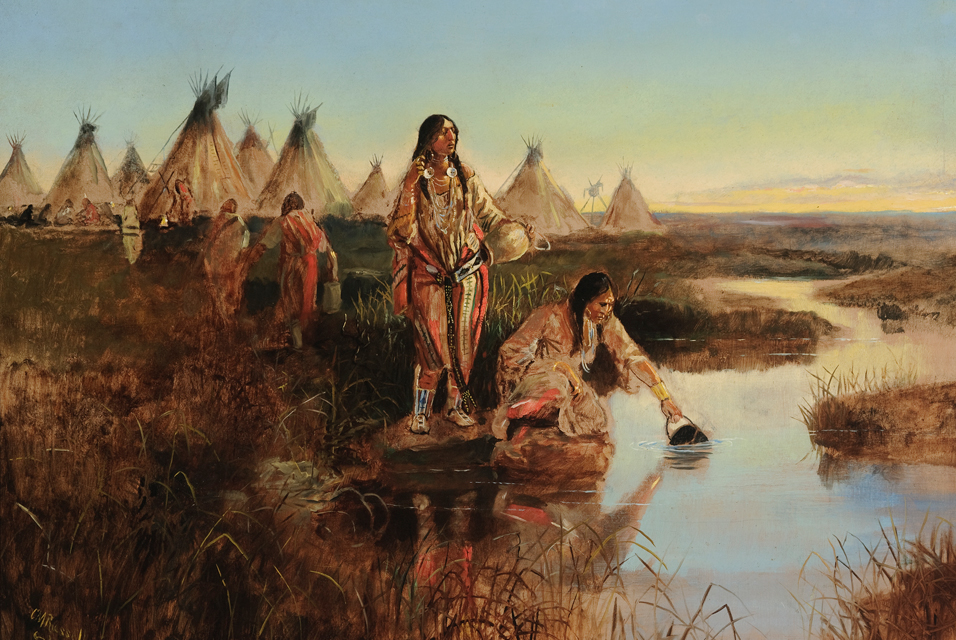
This blog is just a small glimpse of famous Native Americans. Don’t just stop here! Read some articles or book and learn more this month!
2. Travel Back in History
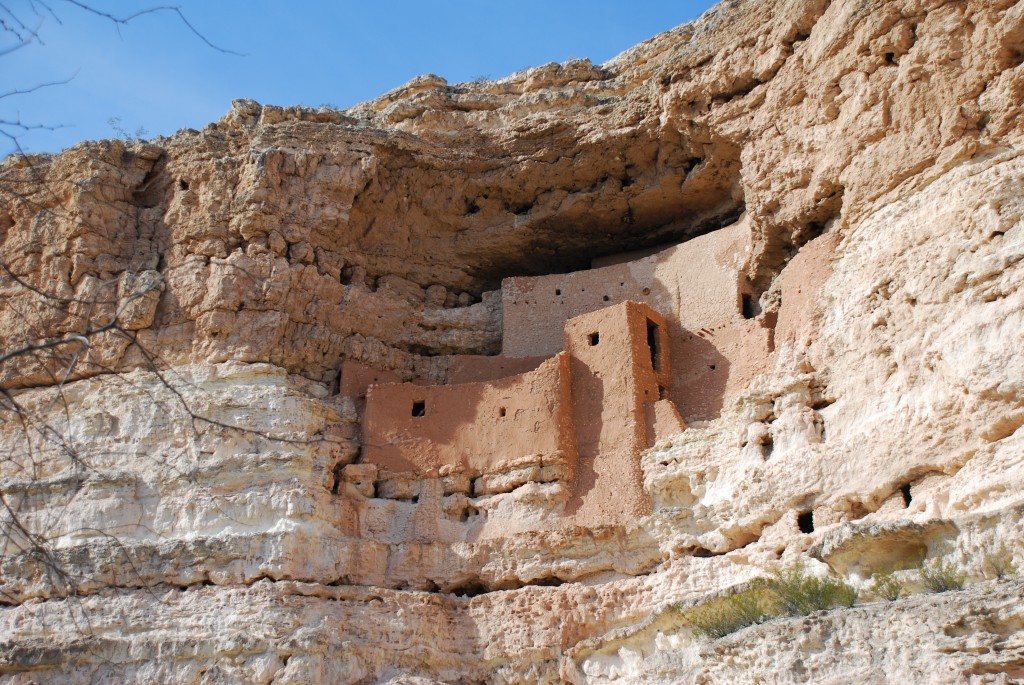
Arizona is rich in Native American history. In fact, we have one of the oldest historic sites in the country! Head to the Heard Musuem or Pueblo Grande Museum both of which are in Phoenix, or take a road trip to Montezuma Castle. There’s also several hikes with ancient artifacts throughout the state if you’re looking for an adventure. To see more places to explore, check out this article.
3. Participate in an Event
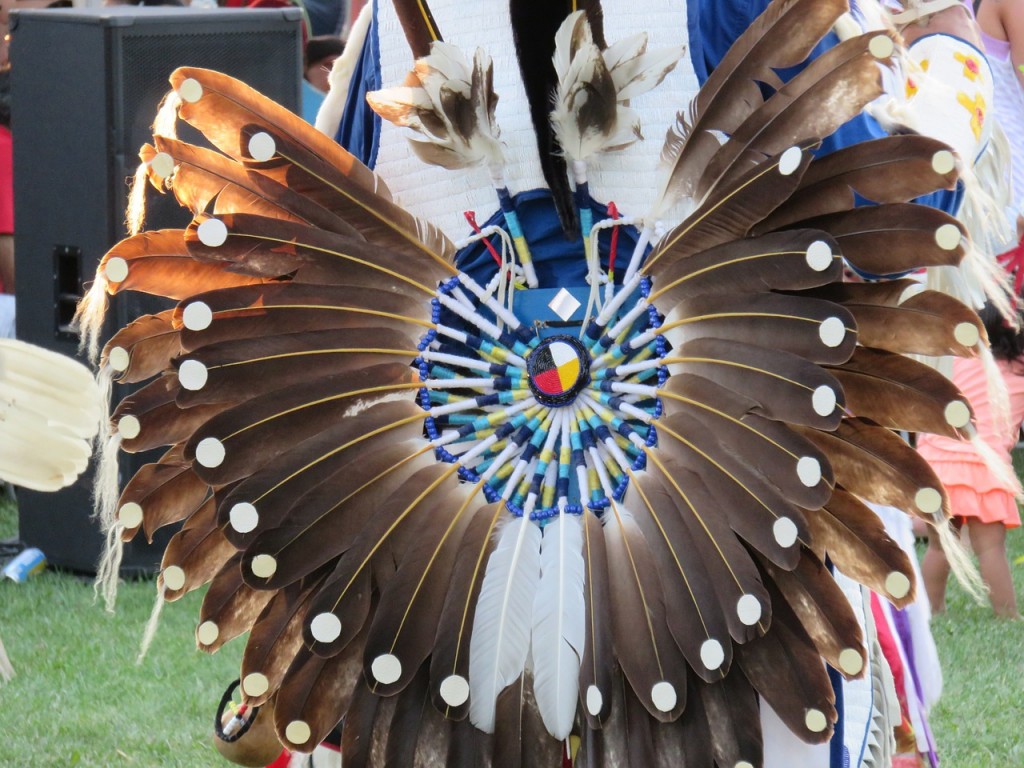
What better way to learn than by submersing yourself in the culture? Head to visitarizona.com to see a list of events to attend each month throughout the state and get started!
If you enjoyed the interactive cards and lessons above, come to Primavera Online School! Our courses are packed with items just like these, along with games, videos and other engaging content to enjoy your education. Learn more here.

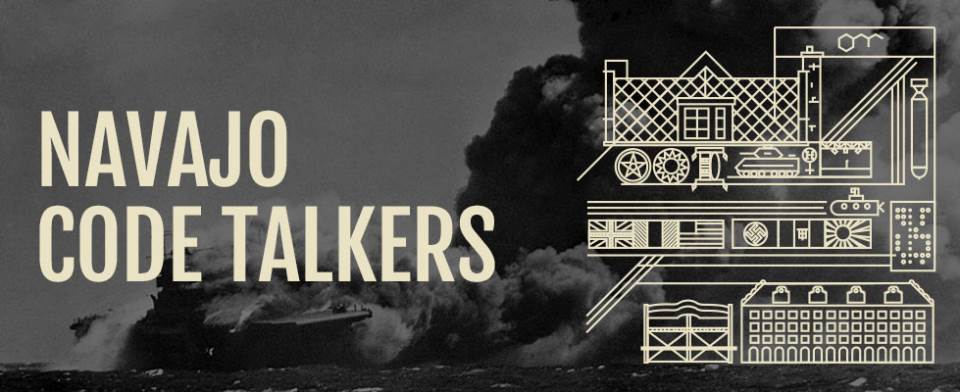




I love being native american it’s the best race to be